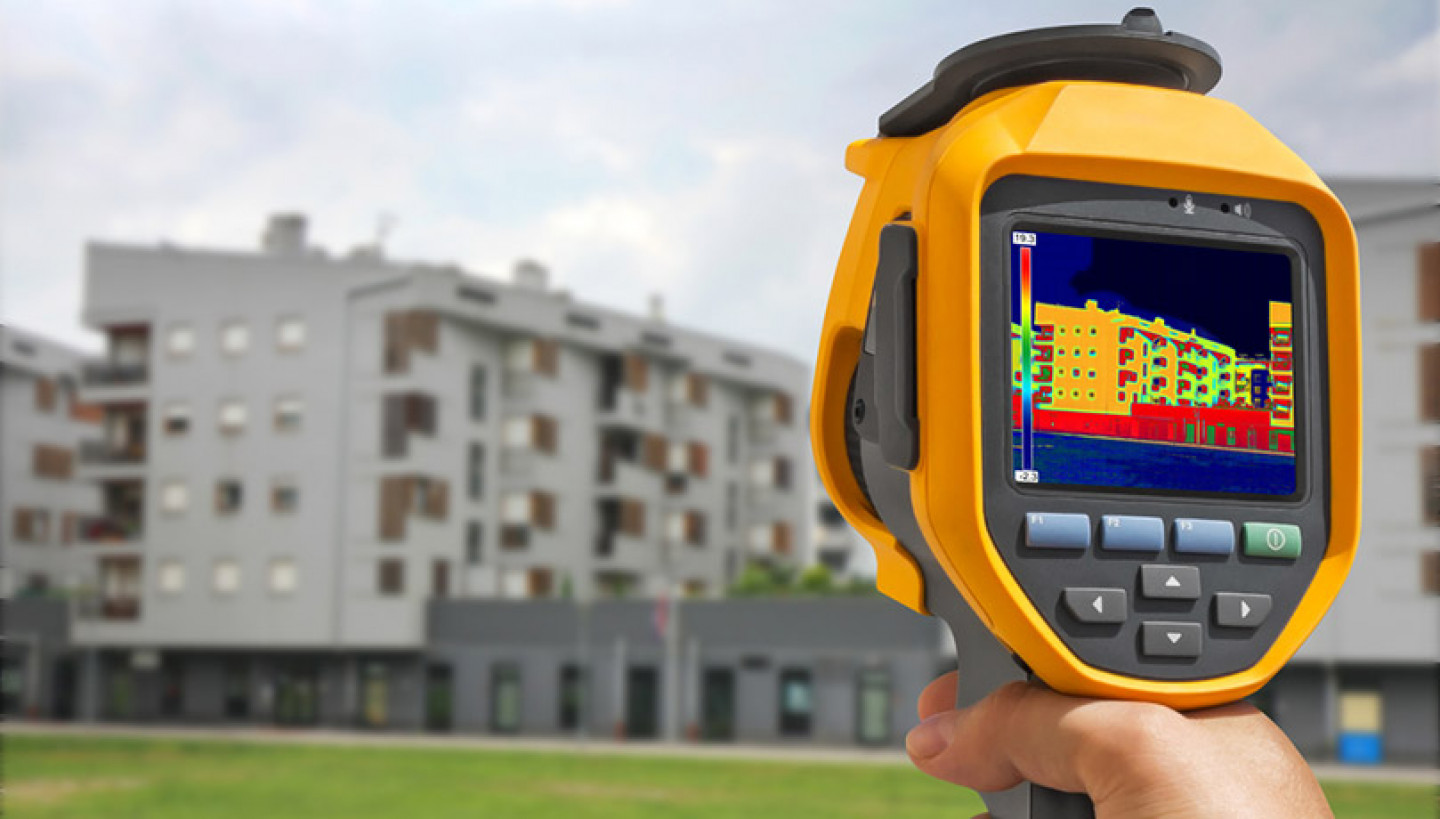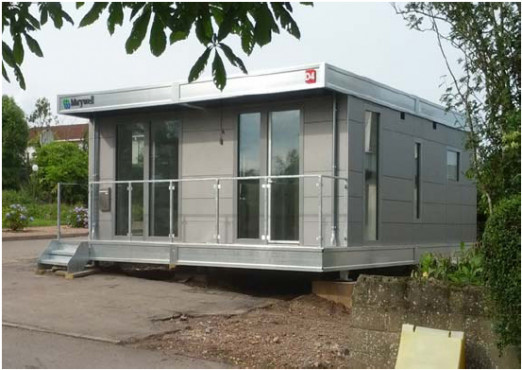U-values (measured in Watts per metre Kelvin - W/m2K) measure the rate of heat loss through building elements. As they impact on both the dwelling emission rate and fabric energy efficiency targets, they ultimately govern the result of the SAP (the Standard Assessment Procedure) test used to assess a house’s energy performance. Achieving ‘good’ (low) U-values gives you the baseline for achieving and exceeding Building Regulations. But what are the best ways to achieve a good U-value? There are so many options in terms of design and materials you can be spoilt for choice. So where should you start?{{auth_split}}
To know what may be deemed as a good U-value it is important to know how it compares to the U-values in the notional building used within SAP for Building Regulations compliance. The notional U-values within Part L Approved Document L1A 2013 are as follows: - external walls 0.18 W/m2K; party walls 0; floors 0.13 W/m2K; roofs 0.13 W/m2K; windows 1.4 W/m2K and opaque 1 W/m2K.
Achieving U-values higher than these will go against you, having a negative impact on the SAP and making it more difficult to pass.
There are a multitude of methods and construction types you can use to achieve good U-values however. Each product will differ slightly from the next, meaning that expert advice in tweaking product selections can help towards generating the best overall U-value.
There are also limitations and constraints which vary between projects. For example, lightweight aircrete blocks have improved thermal efficiency compared to a standard concrete block. However, it is not appropriate to use them for some designs due to their compressive strength.
The most important building element to focus on in achieving low U-values is the external wall element (masonry construction) as being a large exposed area it is often the cause of an SAP failure. From recent experience on projects, most contractors look to keep the overall wall thickness to 300mm, with cavities then either partially or fully filled using mineral wool or PIR insulation. A high performance full fill PIR would be sufficient to achieve a U-value of 0.18 to match the notional dwelling without requiring any internal insulation or increase in size of the cavity. (Maintaining the cavity at 100mm is desirable to avoid impacting the plot size and altering the requirement of other products, such as lintels and wall ties.) In this scenario, an aerated block would need to be used for the internal leaf; its specified thermal conductivity depending on what performance is required from the insulation in order to meet the target U-value.
Example 1: Full fill cavity wall, 0.18 W/m2K
This example of a U-value wall offering notional building U-value would internally comprise a 3mm plaster skim, 12.5mm plasterboard (lambda 0.21), 15mm minimum plaster dabs cavity with the following masonry, cavity insulation and external elements: - 100mm Aircrete block (lambda 0.15); 97mm Celotex CG5000 PIR insulation (lambda 0.021); 3mm cavity; medium density concrete block (lambda 0.57) and render.
In some areas, due to over exposure to driving rain, it may not be suitable to use full fill insulation, with a larger residual cavity being required to prevent moisture infiltration, plus foil backed PIR insulation which will offer high performance within the cavity. If a glass mineral wool product is used, offering much lower thermal performance than PIR insulation, the wall would need to be further insulated internally to meet the target U-value (this is also the case with full fill). To be able to achieve 0.18 W/m2K with a partially filled cavity wall, it is necessary to increase the cavity size or use insulated plasterboard on the internal wall.
Example 2: Partial fill cavity wall for 0.18 W/m2K (100mm cavity)
This would internally comprise 3mm plaster skim, 12.5mm plasterboard and 25mm Celotex PL4000 PIR insulation (offering 0.022 U-value) plus 15mm minimum plaster dabs cavity. Masonry, cavity insulation and external elements would include: - 100mm Aircrete block (lambda 0.15); 50mm Celotex CG5000 PIR insulation (0.021); 50mm Low-E cavity; medium density concrete block (lambda 0.57) and render.
Example 3: Partial fill cavity wall for 0.18 W/m2K (150mm cavity)
This would comprise of internally, a 3mm plaster skim plus 12.5mm plasterboard and 25mm Celotex PL4000 PIR insulation (0.022). Masonry, cavity insulation and external elements would include:- 100mm Aircrete block (lambda 0.15); 100mm Celotex CG5000 PIR insulation (0.021); 50mm Low-E cavity; medium density concrete block (lambda 0.57) and render.
If you are looking to provide U-values lower than the notional building specification for your overall construction, you need to be prepared to make improvements elsewhere further to those to external walls in order to pass the SAP calculation.
Sophie Peters
Sustainability Assessor, Darren Evans Assessments






.jpg)

